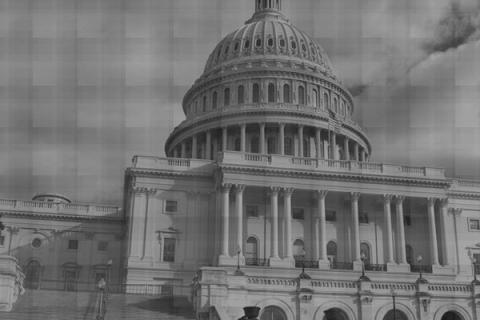It's justthe type of program the Obama administration should have wanted to hear about during yesterday's health-careforum in Los Angeles, because it's a great example of innovative ways tomeet health-care needs.
Thenationally accredited family medicine residency sees 230,000 patients a year through a public-privatepartnership. It trains 27 physicians a year, many of whom remain in anunder-served county with a 16 percent unemployment rate and 20 percent of itspeople on Medi-Cal. Graduates of the program have a 100 percent successrate in passing board exams on the first try. Most of the doctors - 75 percent- remain in Californiaafter they're trained.
It's toobad the federal government on one hand refuses to admit the program exists buton the other wants a Californiacounty and a private hospital to repay millions of dollars in funding the fedscontributed over almost a dozen years.
Confused?So are officials in Stanislaus County, where the boardof supervisors reluctantly voted recently to pay $11.1 millionto keep its medical residency program going through June 2010.
"They'retelling us it's an excellent program and that they have no problem with itcontinuing," County Director of Legislative Affairs David T. Jones said."They're just not going to fund it."
"They"would be the Centers for Medicare and Medicaid Services in the Department ofHealth and Human Services.
The agency long had funded the residency program,continuing the contributions after it became a joint venture between the countyand Tenet Healthcare's Doctors Medical Centerwhen the county closed its hospital in 1997 and contracted with Doctors forindigent care.
Theresidency program, which has existed in one form or another since 1935and currently is academically accredited through the Universityof California at Davis, involved out-patient training atcounty-run clinics and in-patient training at Doctors.
The fedshad no problem with that until last summer, when officials decided that thecounty should have officially closed the old residency program and created anew one in 1997. CMS declared that the program had not existed since 1997 andtold the county and Doctors to pay back $19.1 million.
Countyofficials asked a CMS official to point to federal regulations requiring that."We were told, 'You're not going to find it in the regs. It's all in myhead, but it's not inconsistent with the federal regs,' " Jones said.
So thecounty went back to work, hastily drawing up a new program that expanded theprivate partnership to two other hospitals in the county. Officials could have itready to roll by 2010, Jones said.
"CMSloved that model," Jones said. "But they told us we had to shut downeverything for one year. Fire all the faculty and start over."
So on onehand, the feds say the program doesn't exist and demands that $19.1 million berepaid. But on the other, they say the county has to shut down the program itdoesn't acknowledge before it can start a new one.
"We'redealing with a rogue agency here," Jones said.
Eventhough the county already was facing a $35 million budget gap, it has no choicebut to come up with the $11 million to keep the program going, Jones said. Ifthe residency ended, 30 family-care physicians who form its faculty would haveleft the county. "And where would those 230,000 patients have gone?"Jones asked.
Thecounty plans to again ask CMS to reconsider, and it has the support of groupsstatewide.
"PresidentObama has made primary care and prevention the centerpiece of his health reformplan," the California Medical Association wrote in a letter to CMS. "To achieve these goals, we will need family physician residency trainingprograms like the crucial one in Stanislaus County. Preservation ofthis quality family medicine physician training program is consistent with thepresident's national health care goals."
